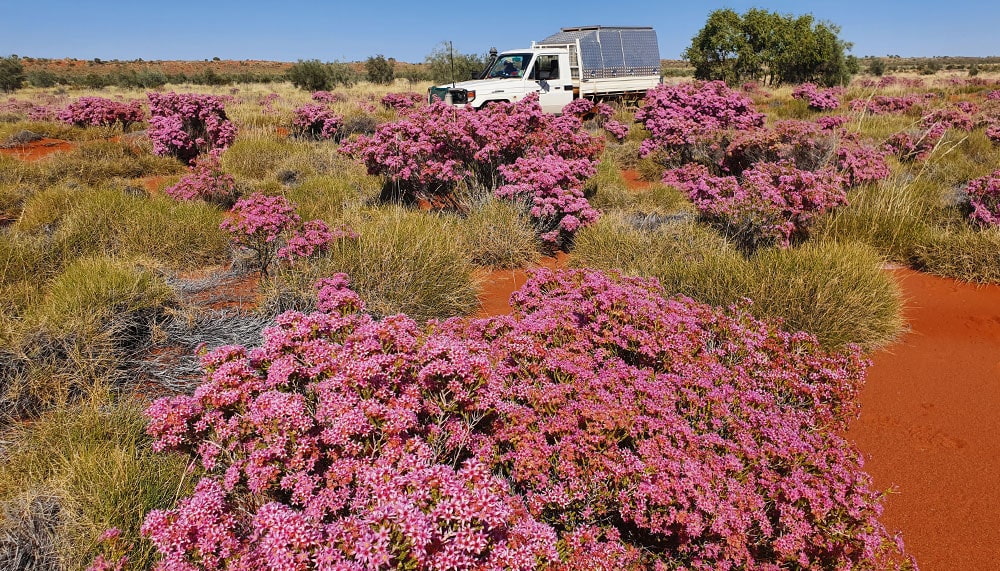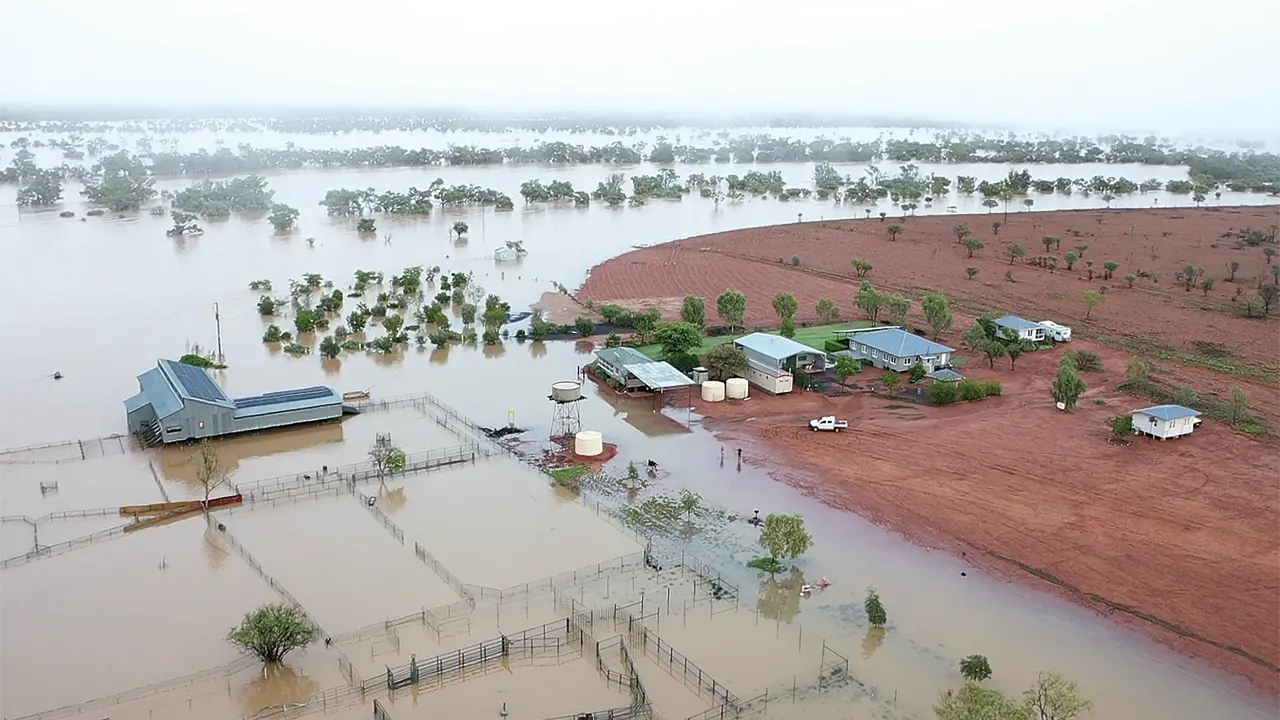Australia’s 10 deserts are a tapestry of diverse landscapes alive with people, flora and fauna.
Story + Photos Mandy McKeesick
Of the 10 official Australian deserts, the Great Victoria is Australia’s largest, stretching 348,750sq km across southern WA and into SA. The others are (in descending order of size): the Great Sandy in WA; the Tanami, spanning northern WA and NT; the Simpson in northern SA, western Queensland and southern NT; the Gibson in WA; the Little Sandy in WA; the Strzelecki and Sturt Stony in the Corner Country of SA, Queensland and NSW; the Tirari on the northern shores of Lake Eyre; and the tiny Pedirka (1250sq km) in SA. Together they cover 18% of mainland Australia. In a sunburnt country like Australia there are plenty of other arid areas, such as the Little Desert, Vic, the Painted Desert, SA, and the Nullarbor Plain, that do not sit on Geoscience Australia’s official 10 deserts list. Titles and boundaries, after all, are only for the human mind.
“The definition of a desert is variable around the world,” says Dr Steve Hill, Geoscience Australia’s chief scientist. “There is often a climate definition – typically less than 250mm annual rainfall – but changes in evaporation, wind and temperature all influence whether an area is defined as a desert.”
Sand dunes are dominant geomorphological features of deserts, but so too are swales (valleys between the dunes), claypans, salt lakes, grass and woodlands, mesa breakaways, intermittent watercourses and stony plains. Each desert may have a combination of these features with differences, at times, only slight and boundaries feathery. “Australia’s deserts are not static; they change,” Steve says. “They change on timescales of millions of years as Australia has moved and drifted northwards to an arid belt of the Earth; on timescales of thousands of years where we had glacial and interglacial cycles [ice ages], making Australia more arid than it is today; and on timescales of tens to hundreds of years because of things like rabbits and grazing.” Introduced predators such as foxes and cats have contributed to species decimation, particularly of small mammals; introduced grasses such as buffel have invaded desert grasslands; and there is a trail of destruction left by foraging feral camels.
This story excerpt is from Issue #140
Outback Magazine: December/January 2022









